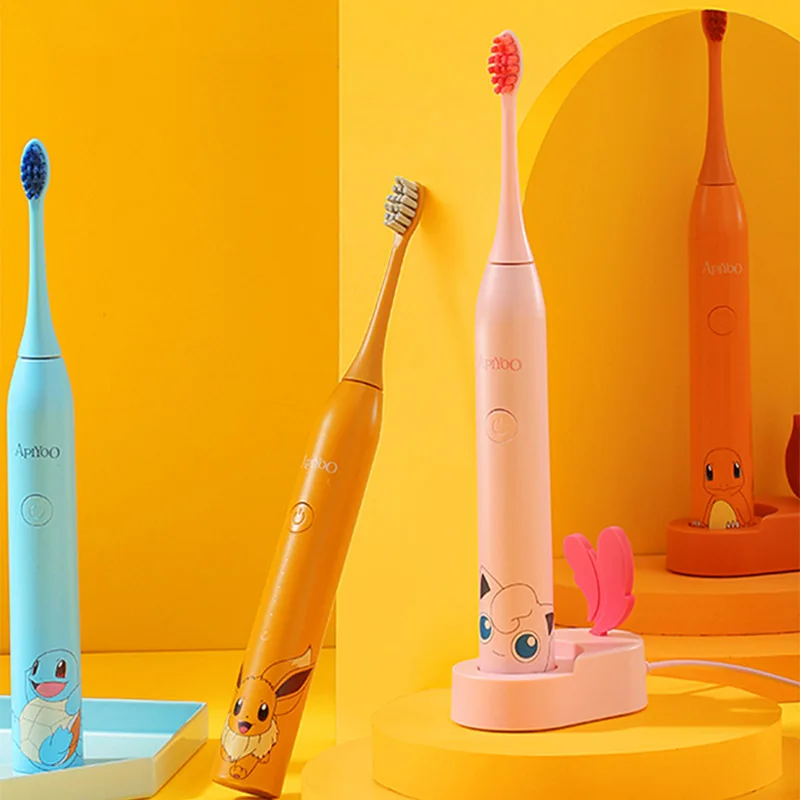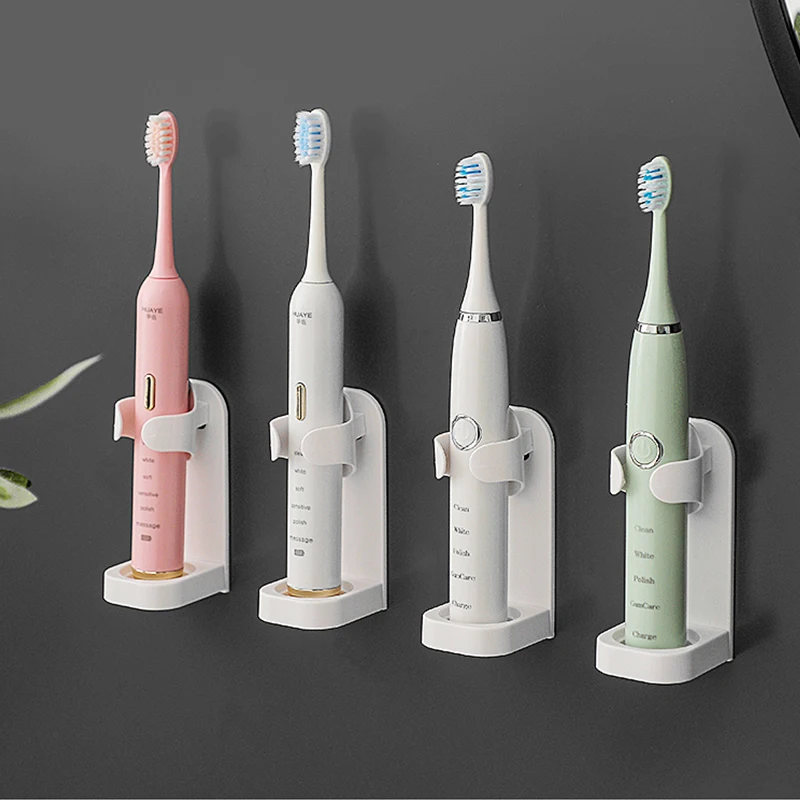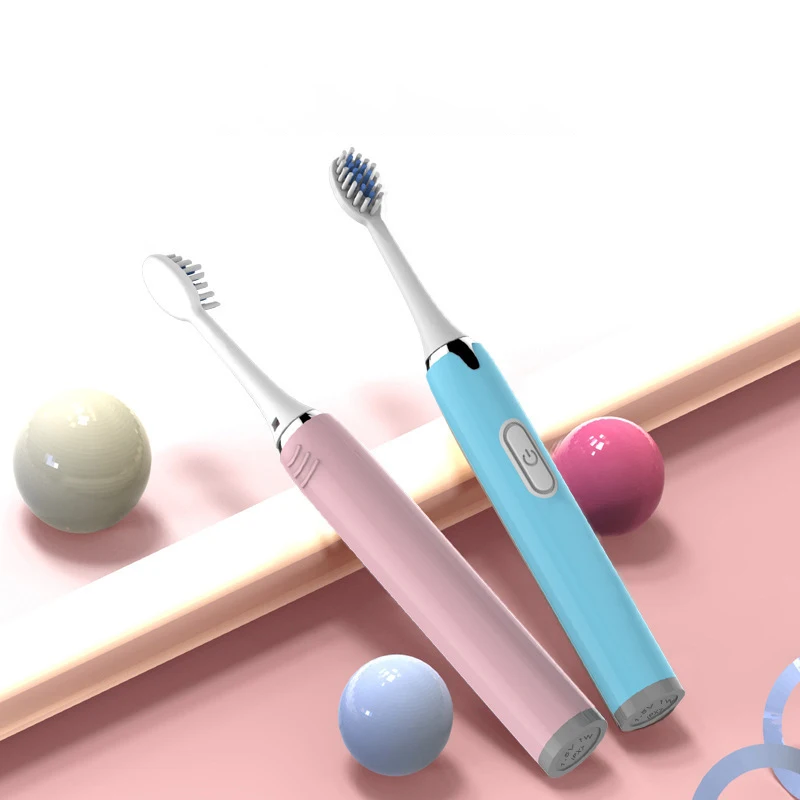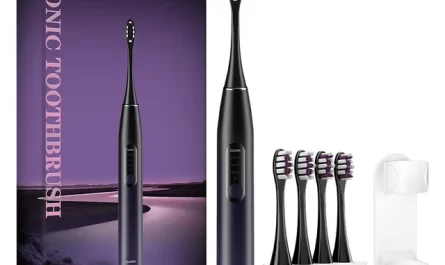Understanding the Lifespan of Electric Toothbrushes
How often should you change your electric toothbrush? Electric toothbrushes are sophisticated devices designed to remove plaque more efficiently than manual brushes. However, like all tools, they have a finite lifespan influenced by several factors.
Battery Life and Performance
The battery is the heart of an electric toothbrush. Over time, batteries lose their ability to hold a charge, leading to reduced brushing efficiency. Typically, rechargeable electric toothbrushes have batteries that last between two to three years before they start showing signs of diminished performance.
Wear and Tear of Brush Heads
The brush heads of electric toothbrushes wear down with regular use. As the bristles become frayed and less effective at cleaning, the overall performance of the toothbrush drops. It’s recommended to change brush heads every three to four months, but this can vary based on individual usage.
Technological Advancements
Electric toothbrush technology is continually evolving. New models come with advanced features like pressure sensors, timers, and multiple cleaning modes. Upgrading to a newer model every few years ensures you benefit from the latest innovations in oral care.
Choosing the Right Electric Toothbrush
Choosing the right electric toothbrush is key to maximizing its lifespan and ensuring effective cleaning. Consider your personal needs and habits when selecting a toothbrush to get a model that supports your oral hygiene routine.

Factors to Consider When Choosing a Toothbrush
When browsing for an electric toothbrush, take into account key factors:
- Brand and Quality: Higher-priced brands often offer greater quality, but do check reviews.
- Frequency of Brushing: Opt for a toothbrush with multiple modes if you brush frequently.
- Personal Needs: Choose a model that suits your specific oral health requirements.
Understanding Different Brush Heads
Brush heads come in various firmness levels:
- Soft heads are gentle on sensitive teeth and gums.
- Medium heads offer a balance for normal teeth.
- Hard heads are for those without sensitivity concerns.
Select a head that matches your comfort and cleaning needs to avoid damage.
Importance of Battery Life and Modes
Battery life matters, especially for travelers. Look for a toothbrush that holds a charge well. Modes offer different cleaning options:
- Standard cleaning for everyday use.
- Gum care to focus on gum health.
- Whitening to help remove surface stains.
- Deep cleaning for intensive care.
Choose a toothbrush with modes that align with your dental care priorities. Remember, knowing how often should you change your electric toothbrush head and how to maintain it will contribute to better oral health and a longer-lasting device.
Maintaining Your Electric Toothbrush
Proper maintenance can extend the life of your electric toothbrush. Follow these tips for daily and post-use care.
Daily and Post-Use Care
To keep your electric toothbrush in top condition, rinse the bristles after each use. Remove any toothpaste and debris. Dry the handle and head before docking it back on the charger. Avoid using harsh chemicals for cleaning; instead, use warm water and mild soap.
Storing Your Electric Toothbrush Correctly
Store your electrical toothbrush upright in a dry place. Keeping it away from damp areas prevents mold growth. Don’t cover the bristles with a closed cap; this can harbor bacteria. Ensure your brush is not constantly charging, which can degrade the battery.
Signs That Indicate Replacement Time
Be aware of signs that it’s time for a new toothbrush. If bristles splay or fray, replace the brush head. If the power dwindles or the unit seems less efficient, consider replacing the toothbrush. Any cracks or damage to the handle also warrant a replacement to ensure optimal dental health.
 Benefits of Electric Toothbrushes vs. Manual Toothbrushes
Benefits of Electric Toothbrushes vs. Manual Toothbrushes
Switching to an electric toothbrush presents multiple benefits over traditional manual ones.
Enhanced Cleaning Efficiency
Electric toothbrushes boast superior cleaning capabilities. They remove more plaque and reduce gingivitis more effectively than manual brushes. Users can enjoy a deeper clean with less effort.
Ease of Use and Built-in Timers
Ease of use is a standout advantage. Electric toothbrushes often include built-in timers. These ensure proper brushing duration without the need for guesswork. For those who struggle with mobility or coordination, the automated motions of electric brushes can vastly improve their brushing routine.
Design Features and Ergonomics
Electric toothbrushes often feature ergonomic designs that offer a comfortable grip. This can help reduce strain on the hands and wrists. Their modern designs may also come in various colors and styles, adding a personal touch to daily dental care.
Common Questions About Electric Toothbrush Usage
Navigating electric toothbrush features and best practices can raise questions about its use.
Power and Battery Health Over Time
Over time, the battery power may decrease, hinting at the need to replace your toothbrush or charge more frequently. Use your electric toothbrush until the battery doesn’t hold a charge well.
Impact on Dental Health
Electric toothbrushes are designed to enhance oral health, reducing plaque and improving gum health. Ensure you use them correctly for the best results.
Usage in Special Conditions (e.g., Shower)
Some electric toothbrushes are shower-safe. Check if yours is water-resistant before using it in the shower to avoid damage.
Replacement Frequency for Brush Heads
Knowing when to replace your electric toothbrush head is crucial for effective cleaning.
Identifying Worn Out Bristles and Heads
Check your brush head regularly for signs of wear. Look for splayed or frayed bristles which indicate it’s time for a replacement. If the bristles look matted down or spread out, that’s a clear signal. Replace the brush head to ensure optimal cleaning.
Recommended Replacement Schedules
Most dental professionals recommend changing your electric toothbrush head every three to six months. This schedule can vary based on individual usage patterns and brush head quality. If you brush more vigorously or more frequently, consider replacing the head even sooner. Setting reminders can help you stay on top of this important maintenance task.
Cost-Effectiveness and Long-Term Investments
When it comes to electric toothbrushes, long-term investments and cost-effectiveness are two critical aspects to consider. A toothbrush that can be used for several years without significant deterioration or replacement parts can become very cost-effective over time.
Benefits of Rechargeable Models
Rechargeable electric toothbrush models offer several benefits:
- Eco-Friendly: Battery waste is reduced, contributing to environmental sustainability.
- Cost Savings: Although initially more expensive, they eliminate the need to purchase disposable batteries frequently.
- Convenient: They are easy to charge, often with a simple docking station, reducing hassle for users.
Choosing a rechargeable electric toothbrush can align with your lifestyle if you seek convenience and environmental mindfulness.
Saving on Brush Heads and Batteries
Ways to save on brush heads and batteries include:
- Bulk Purchases: Buying replacement heads in bulk can lower the cost per item.
- Warranty and Deals: Take advantage of warranties and discounts often provided by reputable brands.
- Quality Over Quantity: A high-quality brush head might cost more but typically lasts longer, needing less frequent replacements.
By recognizing these cost-saving strategies, you can make wiser, more economic decisions without compromising oral hygiene quality. Remember to monitor how often should you change your electric toothbrush to maintain optimal performance and dental health.
 Final Thoughts
Final Thoughts
Determining how often you should change your electric toothbrush involves assessing the condition of the brush head, battery health, and overall performance of the device. By paying attention to signs of wear and following best practices for maintenance, you can ensure that your electric toothbrush remains effective in maintaining your oral hygiene. Regularly replacing the brush head every three to four months and considering a full toothbrush replacement every two to three years, or sooner if needed, will help sustain optimal dental health. Additionally, making environmentally conscious choices and balancing cost considerations can further enhance your experience with electric toothbrushes. Ultimately, staying informed and proactive about the upkeep of your electric toothbrush plays a vital role in achieving and maintaining a healthy, bright smile.

